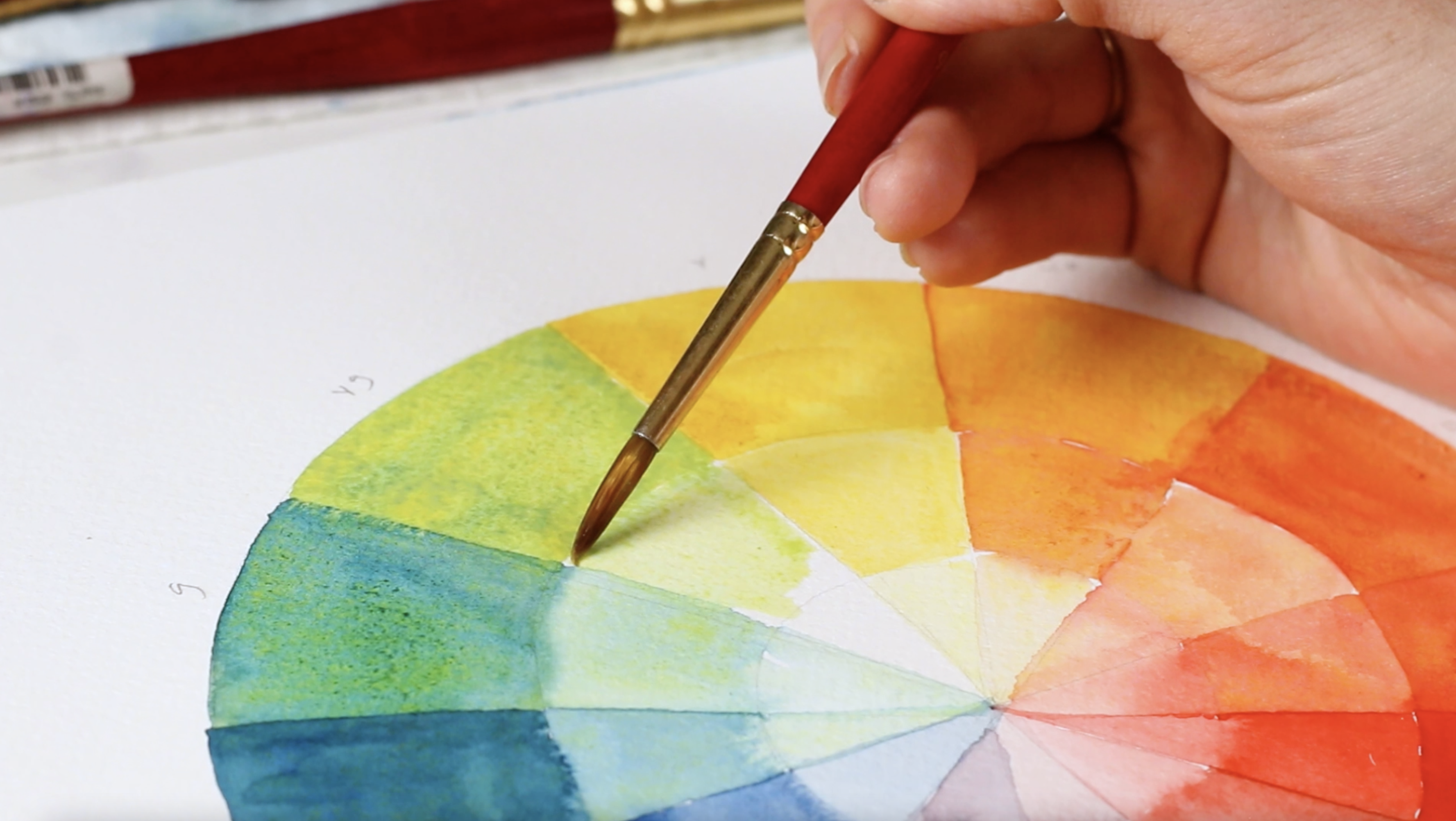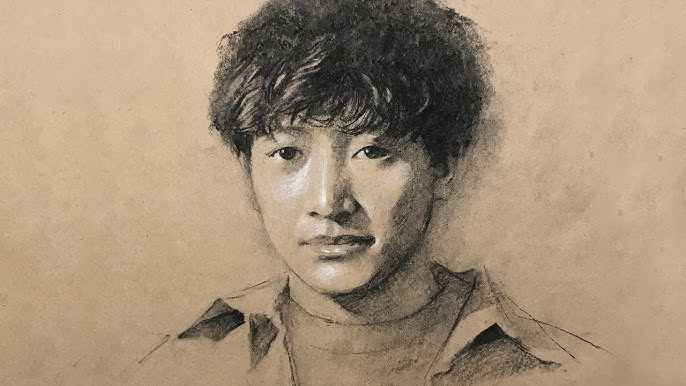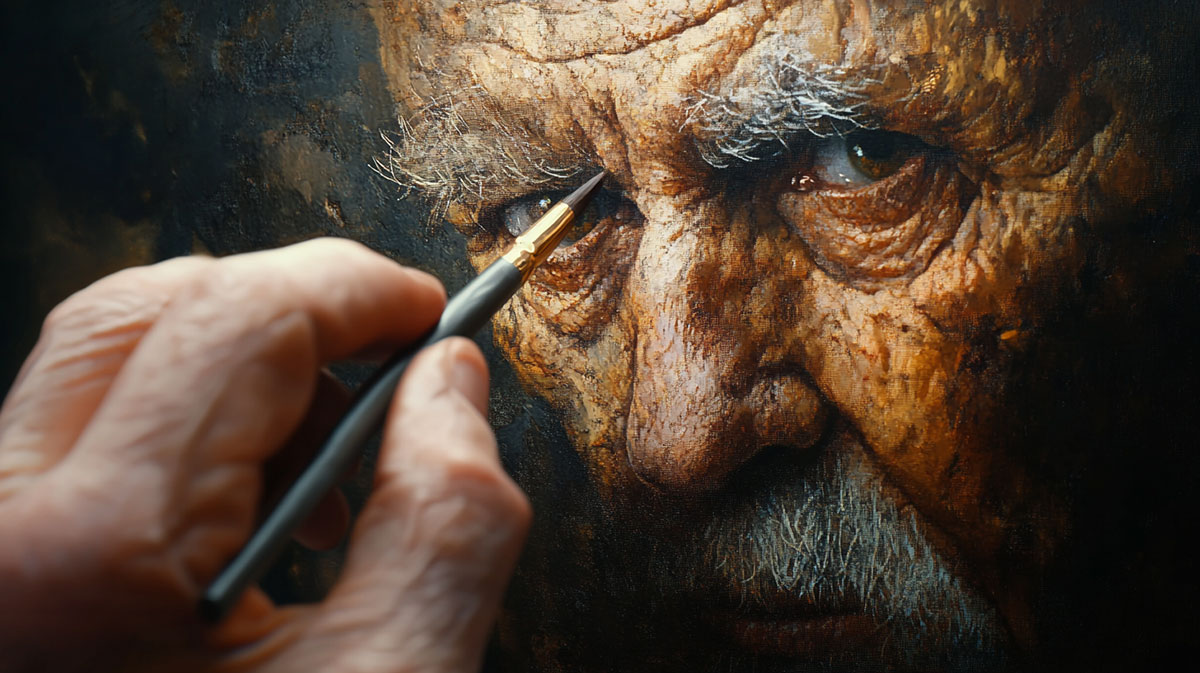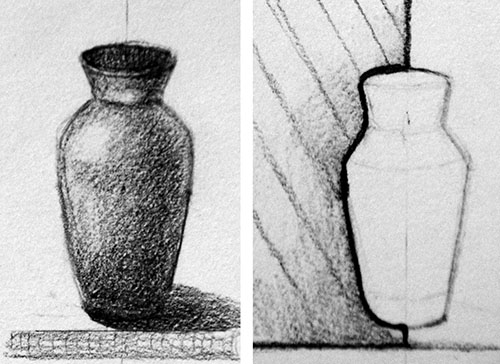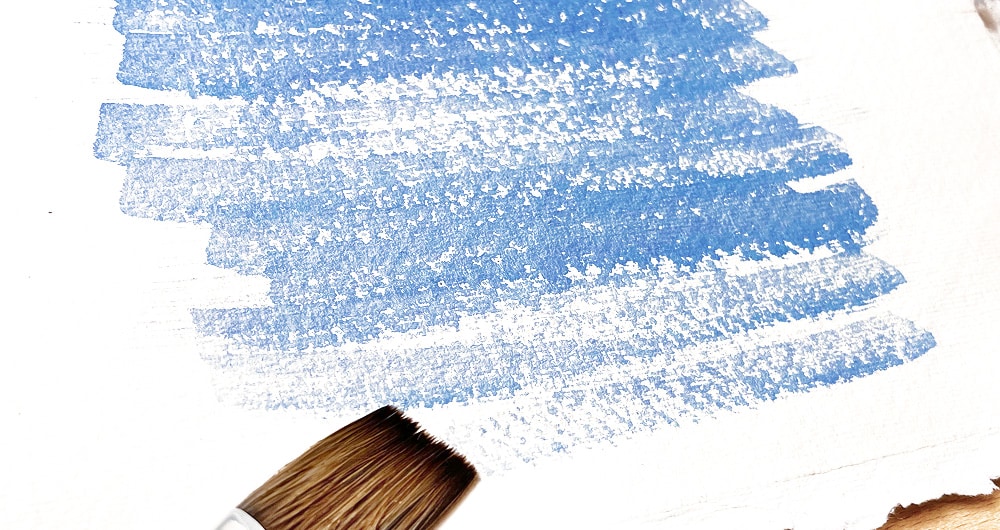scrapfellow.com – Color theory is the foundation of any successful painting. It helps artists understand how colors interact, how to mix colors effectively, and how to create harmonious compositions. Whether you are a beginner or an experienced painter, mastering color theory will elevate your artwork to new heights.
Understanding the Color Wheel
The color wheel is a visual representation of colors arranged in a circle. It consists of:
- Primary Colors: Red, Blue, Yellow (cannot be created by mixing other colors).
- Secondary Colors: Green, Orange, Purple (created by mixing two primary colors).
- Tertiary Colors: Colors made by mixing a primary and a secondary color (e.g., red-orange, blue-green).
Color Relationships
- Complementary Colors: Colors opposite each other on the color wheel (e.g., red and green). These create high contrast and visual interest.
- Analogous Colors: Colors next to each other on the color wheel (e.g., blue, blue-green, green). These create harmonious and calming effects.
- Triadic Colors: Three colors evenly spaced around the color wheel (e.g., red, yellow, blue). These create vibrant and balanced compositions.
- Monochromatic Colors: Variations of a single color (e.g., light blue, medium blue, dark blue). These create a cohesive and sophisticated look.
Painting Techniques Using Color Theory
- Color Mixing: Practice mixing primary colors to create secondary and tertiary colors. Use a palette knife or brush to blend smoothly.
- Gradient Blending: Transition from one color to another by blending them gradually. Start with two colors and mix their mid-tones for a smooth shift.
- Layering Colors: Build depth by applying thin layers of color (glazing). This technique is common in oil and acrylic painting.
- Contrast and Highlights: Use complementary colors to enhance contrast. For example, add a touch of orange to shadows in a blue painting to create a vibrant effect.
- Warm and Cool Colors: Warm colors (reds, oranges, yellows) evoke energy and warmth, while cool colors (blues, greens, purples) create calmness and distance. Combining both adds depth and balance.
Practical Tutorial: Simple Color Theory Exercise
Materials Needed:
- Acrylic or watercolor paints
- Paintbrushes
- Palette
- Paper or canvas
Step-by-Step Process:
- Create a Color Wheel: Paint a basic color wheel with primary, secondary, and tertiary colors.
- Mix Complementary Colors: Mix pairs like red and green to see how they interact. Notice how they neutralize each other when mixed.
- Blend Analogous Colors: Paint a gradient using blue, blue-green, and green. Observe the smooth transition.
- Experiment with Contrast: Paint a simple shape (e.g., a circle) with a warm color on a cool background to see the visual pop.
Tips for Mastering Color Theory
- Practice mixing colors regularly.
- Observe colors in nature and everyday life.
- Keep a color journal to document your experiments and favorite combinations.
- Don’t be afraid to make mistakes; experimentation leads to growth.
Conclusion
Color theory is an essential skill for any painter. By understanding the color wheel, exploring color relationships, and practicing various painting techniques, you will develop a keen eye for color and create visually stunning artwork. Keep experimenting and let color be your guide on your creative journey.

